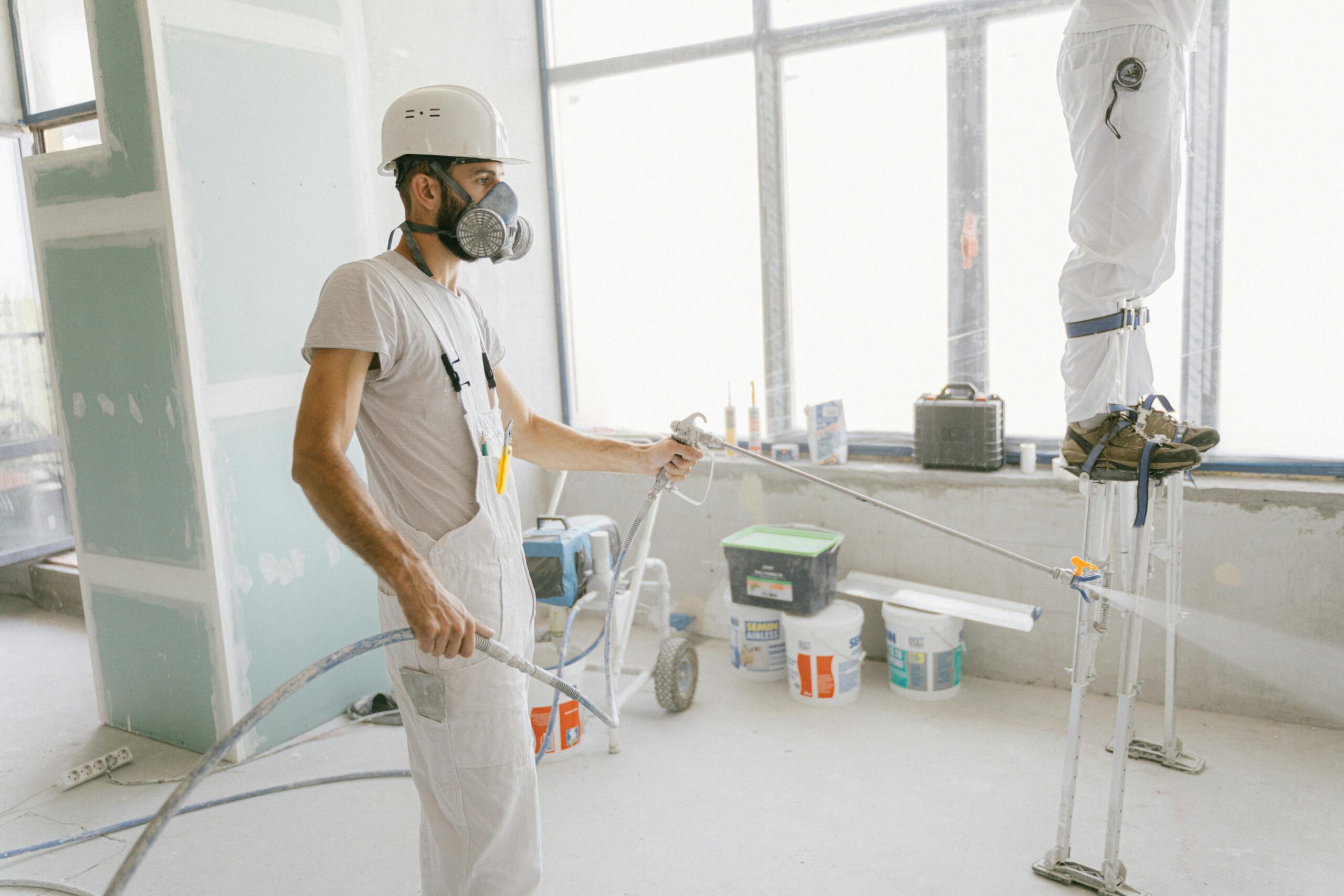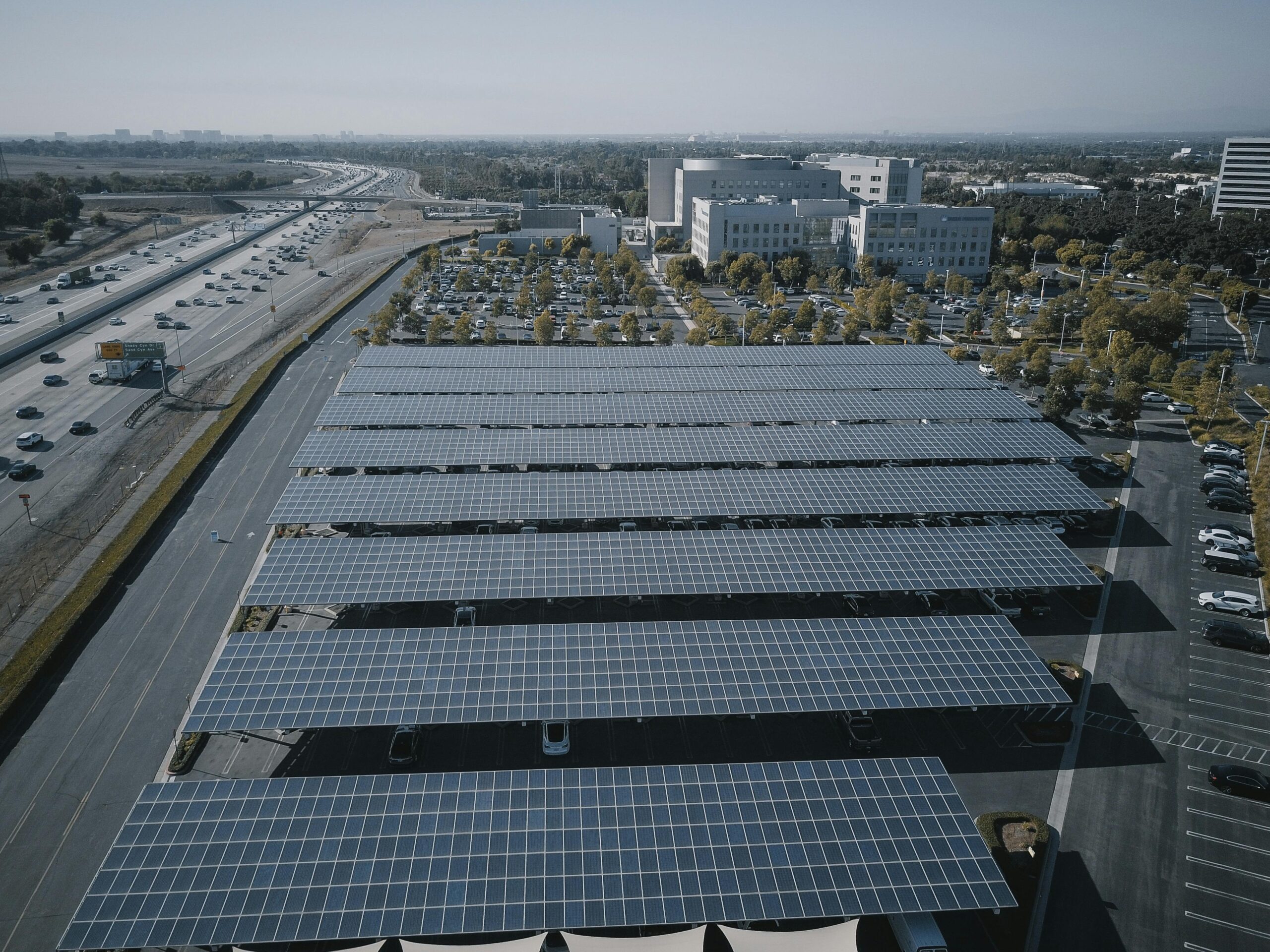High-performance insulation materials transform ordinary homes into energy-efficient sanctuaries, delivering exceptional comfort while dramatically reducing utility costs throughout every season.
🏠 Why Your Home’s Insulation Performance Matters More Than Ever
In today’s world of rising energy costs and increasing environmental awareness, homeowners are discovering that their most valuable investment isn’t always visible. Hidden behind walls, above ceilings, and beneath floors, insulation materials work silently to maintain comfortable indoor temperatures while keeping energy bills manageable. The quality of your home’s insulation directly impacts your daily comfort, monthly expenses, and long-term property value.
Traditional insulation approaches often fall short of modern performance standards. Homes built decades ago typically feature minimal insulation that fails to meet current energy efficiency requirements. Even relatively new constructions may utilize basic materials that provide adequate but not optimal thermal resistance. Understanding the difference between standard and high-performance insulation materials empowers homeowners to make informed decisions that yield substantial benefits.
The insulation industry has evolved significantly, introducing innovative materials that outperform conventional options by remarkable margins. These advanced solutions offer superior thermal resistance, moisture management, air sealing capabilities, and longevity. Investing in high-performance insulation creates a thermal envelope that maintains consistent indoor temperatures regardless of external weather conditions, transforming your living space into a year-round comfort zone.
🔬 Understanding High-Performance Insulation Materials
High-performance insulation materials distinguish themselves through exceptional R-values, which measure thermal resistance. The higher the R-value, the better the insulation performs at preventing heat transfer. While standard fiberglass batts typically deliver R-values between 2.9 and 3.8 per inch, advanced materials achieve significantly higher ratings within the same space, maximizing efficiency without sacrificing valuable square footage.
Spray Foam Insulation: The Premium Solution
Closed-cell spray foam insulation represents the pinnacle of insulation technology, offering R-values between 6.0 and 7.0 per inch. This material expands upon application, filling every crack, gap, and irregular space to create an airtight seal that virtually eliminates air infiltration. Beyond thermal resistance, closed-cell spray foam adds structural strength to walls and provides excellent moisture barriers, preventing mold growth and water damage.
Open-cell spray foam provides a more budget-friendly alternative with R-values around 3.5 per inch. While offering lower thermal resistance than its closed-cell counterpart, this lighter material excels at sound dampening and remains permeable to moisture vapor, making it ideal for specific applications where breathability matters. Both spray foam varieties dramatically outperform traditional insulation in air sealing capabilities, addressing one of the most significant sources of energy loss in residential buildings.
Rigid Foam Board: Versatile and Effective
Rigid foam boards deliver impressive performance in applications where space constraints limit insulation thickness. Polyisocyanurate boards achieve R-values up to 6.5 per inch, while extruded polystyrene offers consistent R-5 per inch performance. These materials resist moisture absorption, maintain their insulating properties over decades, and provide continuous insulation that eliminates thermal bridging through framing members.
Installing rigid foam boards on exterior walls creates a thermal break that prevents heat transfer through structural elements. This continuous insulation approach addresses thermal bridging, a phenomenon where heat bypasses cavity insulation by traveling through wood or metal framing. The result is a more consistent thermal envelope that delivers real-world performance matching theoretical R-value calculations.
Mineral Wool: Fire-Resistant Excellence
Mineral wool insulation combines impressive thermal performance with exceptional fire resistance, making it increasingly popular among safety-conscious homeowners. With R-values around 4.0 per inch, mineral wool competes favorably with traditional fiberglass while offering superior sound absorption and fire ratings exceeding 2000°F. This non-combustible material won’t contribute to fire spread, providing valuable protection for your family and property.
Unlike organic materials, mineral wool resists moisture, mold, and pest infestations while maintaining its insulating properties when wet. This durability ensures consistent long-term performance without settling or degrading. Installation proves straightforward, as rigid batts fit snugly between standard framing without requiring special equipment or protective measures beyond basic dust masks and gloves.
💰 Calculating Your Energy Savings and Return on Investment
Investing in high-performance insulation materials delivers measurable financial returns that extend far beyond initial installation costs. The Department of Energy estimates that proper insulation can reduce heating and cooling expenses by 15-20% annually, with some homes experiencing savings exceeding 30% depending on climate, home size, and existing insulation levels.
Consider a typical 2,000 square-foot home spending $2,400 annually on heating and cooling. Upgrading to high-performance insulation materials could reduce these costs by $480 to $720 per year. With professional installation costs ranging from $3,000 to $8,000 depending on material selection and project scope, many homeowners achieve complete payback within 5-10 years, after which all savings represent pure profit.
Beyond direct utility savings, enhanced insulation increases property values and market appeal. Prospective buyers increasingly prioritize energy efficiency, recognizing that well-insulated homes offer lower operating costs and superior comfort. Real estate professionals report that energy-efficient upgrades, particularly premium insulation systems, generate strong returns during resale, often recovering 100% or more of their initial investment.
Tax Credits and Incentive Programs
Federal, state, and local incentive programs significantly improve the financial case for insulation upgrades. The federal Energy Efficient Home Improvement Credit offers tax credits covering up to 30% of material and installation costs for qualifying insulation projects. Many utility companies provide additional rebates encouraging energy efficiency improvements, further reducing net investment requirements.
These incentive programs recognize that improved home insulation reduces overall energy demand, benefiting electrical grids and environmental sustainability efforts. Researching available programs before starting your project ensures you maximize available financial support. Local energy auditors can identify applicable incentives while assessing your home’s specific insulation needs and improvement opportunities.
🌡️ Achieving Year-Round Comfort Through Strategic Insulation
Temperature consistency defines true home comfort. Standard insulation allows significant temperature fluctuations, forcing HVAC systems to work continuously maintaining desired conditions. High-performance materials create stable indoor environments where temperature variations between rooms and throughout the day become minimal, eliminating cold spots, drafts, and uncomfortable temperature swings.
During winter months, superior insulation retains heated air inside your living spaces, preventing warmth from escaping through walls, ceilings, and floors. This retention means your heating system operates less frequently while maintaining comfortable temperatures throughout your home. Cold exterior walls and floors become noticeably warmer, eliminating those uncomfortable zones where family members avoid sitting or standing.
Summer performance proves equally impressive as high-performance insulation blocks external heat from penetrating your home’s thermal envelope. Air conditioning systems maintain cool indoor temperatures with less effort, cycling less frequently and consuming considerably less electricity. Upstairs bedrooms, typically the hottest rooms in summer, remain comfortable without requiring excessive cooling or supplemental fans.
Humidity Control and Indoor Air Quality
Advanced insulation materials contribute significantly to humidity management and indoor air quality. By creating effective air barriers, these materials prevent moisture-laden outdoor air from infiltrating living spaces, reducing humidity levels and preventing condensation problems that lead to mold growth and structural damage. Controlled humidity levels also enhance comfort, as properly regulated moisture makes homes feel more comfortable at slightly higher summer temperatures and lower winter temperatures.
Reduced air infiltration means fewer outdoor pollutants, allergens, and airborne particles enter your home. This improved air quality benefits everyone, particularly family members with allergies, asthma, or respiratory sensitivities. Combined with proper ventilation systems, high-performance insulation creates healthier indoor environments that actively support occupant wellbeing.
🔧 Strategic Installation Locations for Maximum Impact
Prioritizing insulation upgrades by impact potential ensures optimal results from your investment. Not all locations deliver equal returns, and understanding where to focus efforts maximizes both comfort improvements and energy savings.
Attic Insulation: Your Highest Priority
Attic spaces represent the most critical insulation opportunity in virtually every home. Heat naturally rises, and inadequately insulated attics allow massive amounts of conditioned air to escape during winter while permitting solar heat gain during summer. Upgrading attic insulation typically delivers the fastest payback and most noticeable comfort improvements of any insulation project.
High-performance attic insulation should achieve minimum R-values of R-49 to R-60 depending on climate zone. Spray foam applied to roof decks creates conditioned attic spaces that protect HVAC equipment and ductwork from extreme temperatures, dramatically improving system efficiency. Alternatively, blown-in cellulose or mineral wool over attic floors provides excellent coverage at lower costs when attic spaces remain unconditioned.
Wall Insulation: Addressing Your Home’s Envelope
Exterior walls comprise your home’s largest surface area exposed to outdoor conditions. Upgrading wall insulation often requires more invasive procedures than attic improvements but delivers substantial benefits. Injection foam or blown-in insulation can fill wall cavities without complete wall removal, making upgrades feasible in existing homes.
For maximum performance, exterior continuous insulation using rigid foam boards eliminates thermal bridging while preserving interior living space. This approach requires new exterior siding, making it ideal for homes already planning exterior renovations. The combination of cavity insulation and exterior continuous insulation creates wall assemblies achieving R-values exceeding R-30, transforming energy performance.
Foundation and Crawl Space Insulation
Below-grade spaces significantly impact home comfort and energy efficiency. Uninsulated foundations and crawl spaces allow substantial heat loss during winter while contributing moisture problems year-round. Insulating these areas with closed-cell spray foam or rigid foam boards creates thermal breaks preventing ground-temperature transfer to living spaces above.
Properly insulated and sealed crawl spaces become conditioned zones that protect plumbing from freezing, reduce humidity problems, and eliminate cold floors plaguing many homes. Basement insulation similarly transforms these spaces into comfortable, usable areas while dramatically reducing heating and cooling loads for entire homes.
🌍 Environmental Benefits Beyond Energy Savings
High-performance insulation contributes significantly to environmental sustainability efforts. Reduced energy consumption directly translates to lower carbon emissions from power generation. A well-insulated home consuming 30% less energy avoids multiple tons of CO2 emissions annually, equivalent to planting dozens of trees or removing vehicles from roads.
Many modern insulation materials incorporate recycled content or renewable resources. Cellulose insulation utilizes recycled newspaper, mineral wool incorporates industrial slag, and some spray foams now use bio-based components reducing petroleum dependence. These environmentally conscious materials deliver premium performance while minimizing environmental impact throughout their lifecycle.
Durability represents another crucial environmental consideration. High-performance insulation materials maintain their effectiveness for decades without settling, degrading, or requiring replacement. This longevity reduces waste generation and eliminates repeated installations consuming additional resources and energy. Choosing durable, high-performance materials aligns financial interests with environmental responsibility.
⚠️ Avoiding Common Insulation Mistakes
Even premium insulation materials underperform when improperly installed. Understanding common pitfalls helps ensure your investment delivers expected results.
Incomplete Air Sealing
Insulation and air sealing work synergistically, and neglecting air leakage undermines insulation performance. Before adding insulation, identify and seal air leaks around penetrations, gaps, and openings. High-performance insulation materials like spray foam provide integrated air sealing, but other materials require separate air barrier systems achieving similar results.
Compression and Gaps
Compressing insulation reduces its R-value by eliminating air pockets that provide thermal resistance. Similarly, gaps around insulation batts create pathways for heat transfer that dramatically reduce overall performance. Professional installation ensures proper fit and coverage without compression or gaps compromising effectiveness.
Moisture Management Failures
Improperly designed insulation systems can trap moisture within building assemblies, causing rot, mold, and structural damage. Understanding vapor permeability and ensuring appropriate vapor barriers or breathable assemblies prevents moisture problems. Climate-specific strategies recognize that moisture management requirements vary significantly between hot-humid, cold, and mixed climates.
🎯 Taking Action: Your Path to Enhanced Home Performance
Beginning your insulation upgrade journey starts with comprehensive assessment. Professional energy audits identify specific deficiencies, prioritize improvements, and provide performance estimates helping you make informed decisions. Many utility companies offer free or subsidized energy audits, making professional assessment accessible to all homeowners.
Comparing material options and obtaining multiple contractor quotes ensures you select solutions matching your priorities and budget. Reputable contractors provide detailed proposals explaining material selection, installation procedures, expected performance, and warranties. Investing time in contractor selection pays dividends through quality workmanship and long-term performance.
Consider phased approaches if budget constraints limit comprehensive upgrades. Prioritizing attic insulation delivers immediate benefits while establishing foundation for future improvements. Sequential projects spread costs over time while progressively enhancing home performance and comfort.

🏆 Transforming Your Home’s Future
High-performance insulation materials represent one of the most impactful home improvements available to modern homeowners. The combination of enhanced comfort, reduced energy costs, increased property values, and environmental benefits creates compelling value propositions that few other upgrades match. Your home’s thermal envelope determines how efficiently it maintains comfortable conditions regardless of external weather extremes.
Technology advancements continue expanding available options and improving performance characteristics. Today’s high-performance materials dramatically outperform products available even a decade ago, offering unprecedented opportunities for homeowners seeking maximum efficiency and comfort. Acting now positions your home at the forefront of energy efficiency while locking in current incentive programs and manageable installation costs.
The decision to upgrade insulation transcends simple home improvement, representing an investment in daily quality of life, financial security, and environmental stewardship. Families spending more time in comfortable homes appreciate consistent temperatures, reduced noise transmission, and improved air quality. Monthly utility savings accumulate into substantial lifetime benefits while reducing environmental footprints and supporting sustainability goals.
Your home contains untapped potential waiting for activation through strategic insulation improvements. High-performance materials provide the key unlocking year-round comfort, significant energy savings, and enhanced living experiences. Whether planning comprehensive renovations or targeted upgrades, prioritizing insulation performance delivers measurable results that you’ll appreciate every single day. Transform your home’s potential today and enjoy the lasting benefits of superior insulation for decades to come.
Toni Santos is an urban innovation writer and researcher dedicated to exploring how technology, sustainability, and design are reshaping the cities of tomorrow. With a deep interest in smart infrastructure and human-centered development, Toni studies how data-driven systems and green technologies can create more livable, resilient, and efficient urban environments. Fascinated by sustainable architecture, IoT integration, and next-generation mobility, Toni’s work connects environmental awareness with digital transformation. Through research and storytelling, he examines how intelligent planning and renewable innovation can redefine the relationship between people and their cities. Blending urban design, environmental science, and systems thinking, Toni documents the breakthroughs that are reimagining how we build, move, and coexist. His work highlights the architects, engineers, and technologists leading the charge toward smarter, greener futures. His work is a tribute to: Green architecture as the foundation for sustainable living IoT innovation shaping the infrastructure of connected cities Mobility systems and renewable energy driving urban transformation Whether you’re an architect, engineer, or city planner, Toni Santos invites you to explore the technologies and ideas building the smart, sustainable cities of the future — one street, one system, one vision at a time.




